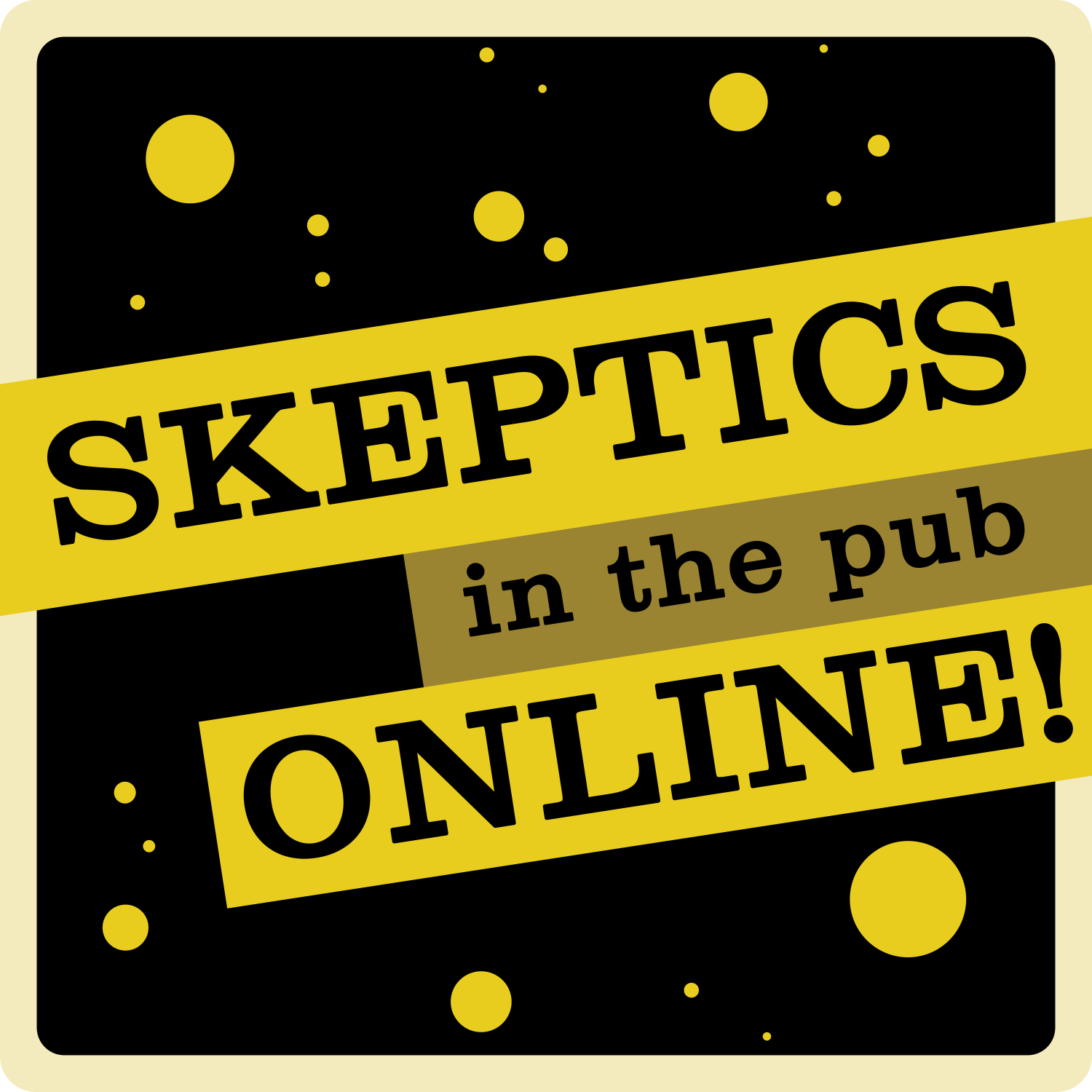This article originally appeared in The Skeptic, Volume 3, Issue 3, from 1989.
We are all familiar with the use of playing cards in games or for divination, and perhaps have vague notions of their great antiquity. In fact, playing cards of the familiar sort first appeared in Europe at the end of the 14th century (they are not mentioned by Petrarch, Boccaccio, or Chaucer, all of whom wrote on games and gambling), and soon became so popular at all levels of society that the Church tried unavailingly to ban their use as an idle pastime, and indeed as a potential source of unorthodoxy; the evidence indicates that, right from the start, playing cards were used for divinatory purposes, and were already being referred to as ‘The Devil’s Prayer-Book’.
However, these were probably cards of the familiar sort, not necessarily those of the Tarot pack, which are first attested in the early 15th century. Many variations of both conventional and Tarot packs have occurred over the centuries, but modern Tarot packs consist of two parts: the first, a set of 56 cards, dividend into 4 suits of 14 (not 13) cards each – the ‘Minor Arcana’ – in principle similar to the conventional pack; and the second, an additional set of 22 cards bearing allegorical or symbolic pictures-the ‘ Major Arcana’ or Tarot Trumps.
Conventional playing cards, in the familiar 4 suit pack, may derive from a set similar to the Tarot Minor Arcana. Here, each suit consists of 10 pip cards (Ace to Ten) together with 4 (not 3) court cards, which in the earliest packs represent King, Queen, Knight and Page (Knave or Jack); it appears that, in modern conventional English and French packs, the Knight and Page have amalgamated into the Jack, whereas in similar packs from Italy and Spain the Queen has been discarded, leaving King, Knight and Knave – also in modern German packs the court cards are King, Ober (Senior Officer) and Unter (Junior Officer). Later ‘Magical’ Tarot packs have changed the symbolism still further.
We are familiar with the conventional suits of English playing cards – Clubs, Hearts, Spades and Diamonds (I use this order for a reason). These designs seem to have been taken originally from the French conventional packs, which still have the suits of Trefles (Trefoils or Clover Leaves), Coeurs (Hearts), Piques (Pikes), and Carreaux (Diamond-shaped Tiles). Standard Spanish and Italian packs have a different set of suit-names: Batons (Rods or Staves), Cups, Swords, and Money (Coins). Swords (Italian Spade, Spanish Espadas) presumably account for the English name of Spades, while Diamonds seem to be a compromise between the French shape, and the Spanish and Italian idea of Wealth.
Our packs have Hearts, instead of Cups – it has been suggested that this transformation stems from either a two-handled drinking-cup, which shows a distinctly heart-shaped profile, or the spiritual associations of Cups (ie Chalices); nobody knows for sure, so you may pick the one that most appeals! The earliest Tarot packs had suits of Rods (Wands, Batons, or Staves), Cups (Chalices), Swords, and Coins (Discs or Pentacles), after the Italian model; contemporary (‘Magical’) packs, still use some variant thereof. An Italian origin for the Tarot pack thus seems likely. The Major Arcana (Tarot Trumps, Atouts) are known in several versions, but the usual arrangement consists of 21 numbered cards, from 1 (the Juggler, or ‘Magus’) to 21 (the World), together with another, the Fool (traditionally unnumbered), which originally came last but which more recently has been placed at the start of the sequence (sometimes described as ‘number 0’!). In modern conventional packs, the Fool perhaps survives as the Joker, the sole remaining Trump.
The other Trumps (2-20) are traditionally known as (some variant of) Papess, Empress, Emperor, Pope, Lovers, Chariot, Justice, Hermit, Wheel of Fortune, Strength, Hanged Man, Death (number 13!), Temperance, Devil, Tower, Star, Moon, Sun, and Judgement. (Many ‘Esoteric’ or ‘Magical’ packs, following the usage of the Golden Dawn, interchange Justice and Strength.)
In Ancient times, perhaps there was a body of sages – priests, philosophers, magicians – who understood the esoteric secrets of the Universe. As they knew the barbarians were going to overthrow their high civilization, they sought desperately for a way to keep their wisdom safe for posterity. At last they thought of the perfect idea – a book which was not a book, which would preserve their knowledge in symbolic form, safe from prying eyes, until it could be rediscovered and made available to a long-suffering world. This book, of course, is the Tarot pack of cards!
Such, at least, was the story that gained ground in the 18th century. Antoine Court de Gebelin and Alliette (Etteilla) proposed that the Tarot contained the secret wisdom of ancient Egypt, coded in the form of symbolic pictures; later thinkers would suggest India, Tibet, or even Atlantis as the primordial source.
In the 19th century Alphonse Louis Constant (Eliphas Levi) suggested a connection with the Jewish Qabalah, while Gerard Encausse (Papus) proclaimed the Bohemians (Gypsies) as the bearers of this knowledge to the European world. (At that time the Gypsies – that is, literally, ‘Egyptians!’ – were thought to hail from India, via Egypt, and of course they often used cards, both Tarot and conventional, for divination.)
The Tarot Trumps’ imagery resembles the doctrines of the Eastern and Hellenistic Mystics, of the Gnostics, Manicheans, and Cathars. More recent resemblances include Jungian theories of the Psyche and its development. Certainly the cards have a strange and often compelling beauty in their design, and have inspired many complex interpretations;
So what is the cards’ real attraction? To foretell the future, or at least to understand the present? But different packs often use widely different symbolism, widely discrepant modes of operation (‘spreads’ or ‘layouts’) and conflicting interpretations of individual cards and groups. One way out of this is the Jungian approach; here the cards are seen as a sort of Rorschach test, allowing for projection of Unconscious material, which might include subliminal perception and subconscious problem-solving – perhaps even ESP. More familiar means of obtaining information include cold reading, fishing, and the prestige effect (if you tell people things in a mysterious way, they often believe you!), which also leads on to self-generating predictions.
The evidence for ESP is slight and highly controversial; also, in spite of believers’ claims, I know of no properly conducted trials of Tarot cards that have really stood up to examination. In practice, believers simply use the cards, and seem quite happy with the (often contradictory) results.
Concerning the question of conventional methods of gathering information, I have known professional and quite sincere Tarot readers who have told me, with no thought of criminal deception, that, when they are in a hurry, a reading can be expedited by noticing their client’s age, clothing, presence or absence of a wedding ring, and so on, and they have seen nothing wrong or ‘unoccult’ in any of this!
Ultimately, the cards appeal to the artistic side of our natures; they call on our imagination, the ‘wholistic’ aspect of our minds. Yes, I know these terms are perhaps ill-defined, but they do refer to something which is often overlooked by professional sceptics; the human mind has its romantic, artistic, intuitive, creative, and indeed mystical side, and the Tarot cards (amongst many other weird and wonderful ‘occult’ paraphernalia) appeal to and perhaps help to develop this area of the mind. Whether mystic understanding and enlightenment can really be obtained in this way, I do not claim to know; but let me tell you a cautionary tale, before you rush off to purchase a pack of your own.
A friend of mine, a young lady whom I shall call Amanda, with a life-long interest in matters occult, was one day frequenting a Psychic Fayre. Business was slack, and one of the Psychics present offered to do a free introductory reading for her, no doubt on loss-leader principles, which went as follows:
Psychic: ‘Well, my dear, the cards tell me that you are young, single, sexy, extremely attractive to men, intelligent, talented, ambitious, certain to go far in your chosen career, highly psychic, and have a deep and abiding interest in the occult!’
Amanda: ‘Oh, that’s nothing – anybody could have told you that! You could have seen all that, just by looking at my aura!’ Walks off, huffily, totally unimpressed – Collapse of Stout Psychic!
May the Farce be with you!


